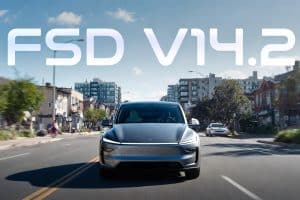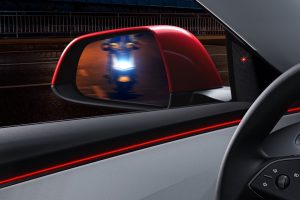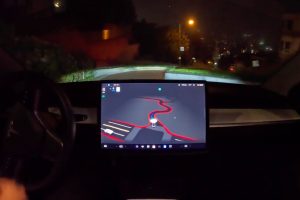The future of autonomous vehicles is almost a certainty, but for people with seizures and epilepsy who are dependent and reliant on having transportation for their day-to-day activities, it is anything but. The self-driving cars of the future could offer independence and freedom for those who are not legally able to obtain a driver’s license due to their medical conditions. However, as the autonomous vehicles of the future approach with every passing day, it seems that the states and laws that surround epilepsy and driving may need re-examining, especially as companies like Tesla move toward a future involving self-driving cars.
Laws regarding epilepsy and driver’s licenses vary from state to state. However, what may be more striking than the fact that those who suffer from seizures are rarely granted driving privileges is the fact that many states have not started to prepare for a future with them on the road as passengers. The simple fact is that companies are moving closer and closer to solving autonomy every single day. Legislation has not moved forward at the pace of autonomy, which begs the question: What if self-driving cars come before those with epilepsy have the right to operate them?
According to the California Department of Motor Vehicles, what lies ahead for autonomy really depends on the companies that handle the issue. For companies like Tesla, the goal is obvious: create a car that can take away the hassle of driving and make things safer for more people. However, some of the companies involved in the fight for autonomous vehicles may not realize the act of service they are doing for those who have not had the opportunity to drive or operate a motor vehicle due to a neurological condition.
The California DMV told Teslarati that it allows those with epilepsy or conditions involving seizures to be evaluated by the State to ensure they remain safe behind the wheel. “If you lose consciousness for a short period of time, you can also lose control of your vehicle, which can result in serious accidents or death,” the California DMV writes on its website. Those who are interested in obtaining a driver’s license will undergo an evaluation, which uses the “Lapse of Consciousness Consolidation Table” as a benchmark to determine whether a person seems capable of driving a vehicle.
Obviously, whether the person receives driving privileges or not is completely dependent on the symptoms, severity, and causes of their condition. The chart is extensive and uses ten pages of tables to evaluate a potential driver, leaving no room for personal interpretation or grey areas. Additionally, provisionally available license grants are possible depending on a lapse of time in between episodes. However, it requires full medical transparency from the driver, including regular check-ins that are technically written and law-abiding statements. Falsifying the status of one’s condition can ultimately result in the suspension and possible revocation of a driver’s license.
While all of these details provide some color to the potential rights of those who would be interested in obtaining the privilege to drive a vehicle, there is still a major miscommunication on the potential of what self-driving cars could do for people who are not eligible for a license. Additionally, it could benefit some drivers who may be fit to drive but are uncomfortable with disclosing medical information with relation to the HIPAA act. When Level 5 autonomy is reached by a company, laws and legislation will have to be written or revised to include those who would like to have their vehicle drive them to a destination. Unfortunately, while companies chip away and move closer to this goal, the lack of knowledge on the part of DMVs at the current time was shocking. Relatively no detail was given by the California DMV, where Tesla was located until late September. Meanwhile, Waymo and Pony.ai still call California home in Mountain View and Fremont, respectively.
While the evaluation process is clear and concise, it only takes into account the instances where those with epilepsy would be able to drive a car, and not in the instance that a car drives itself. Essentially, the preparedness of government agencies to cater to those with disorders could result in even more time wasted for those who are affected.
The status of the self-driving industry is also moving forward at a tremendous rate. Tesla is expanding its Full Self-Driving Beta program and is focusing on gathering more data with the help of its Beta fleet to make its neural network more robust. Waymo is launching somewhat successful moves toward autonomous driving, and Pony.ai is launching Robotaxis in Beijing.
States need to begin working toward clarifying the situation between self-driving cars and the epileptic. There is too much room for interpretation currently, and the issue is much more serious than just “hitching a ride.” The revolutionary change that has already started occurring with electric cars will see something extremely similar with self-driving vehicles: a lack of understanding and infrastructure that could potentially delay progression and derail advancement in the way people with neurological disorders get from place to place.





